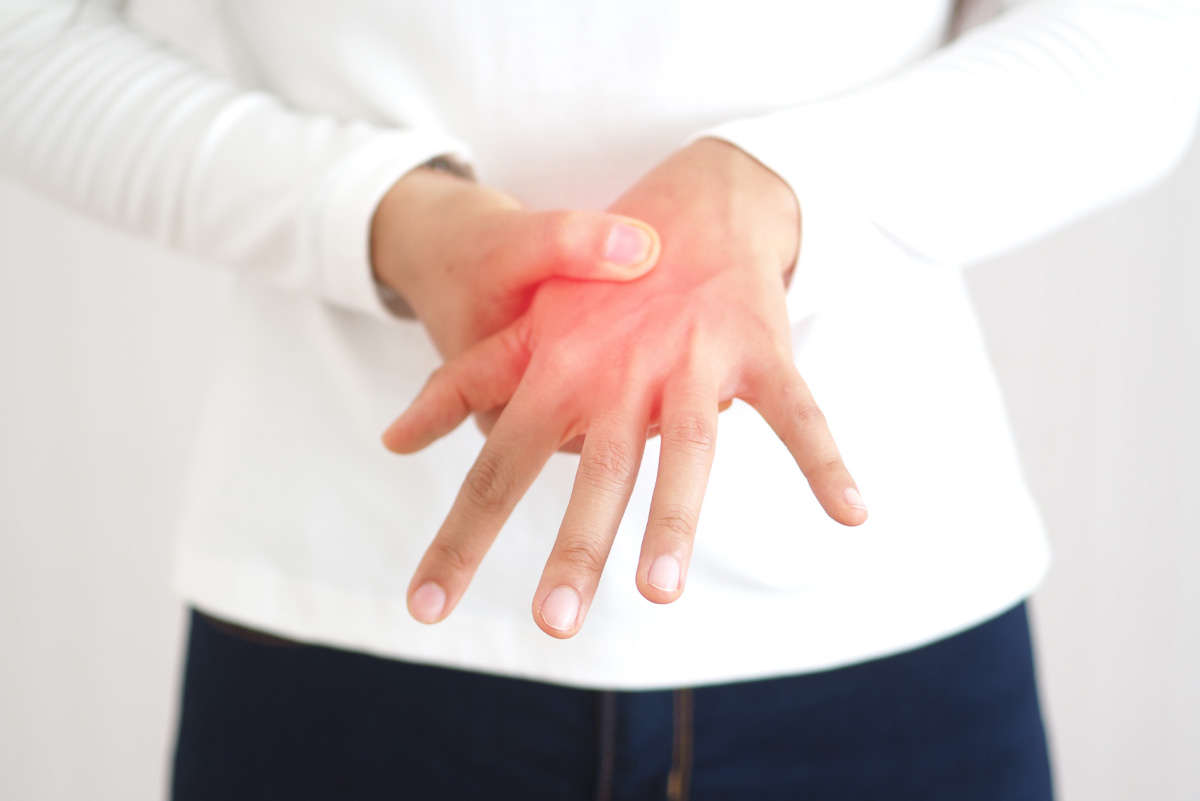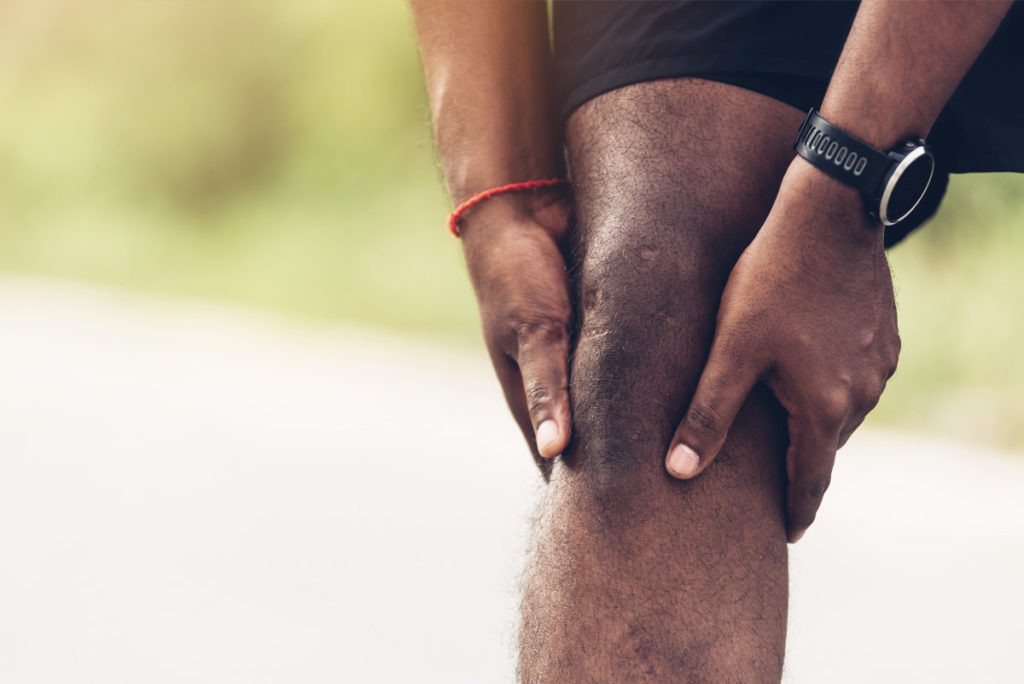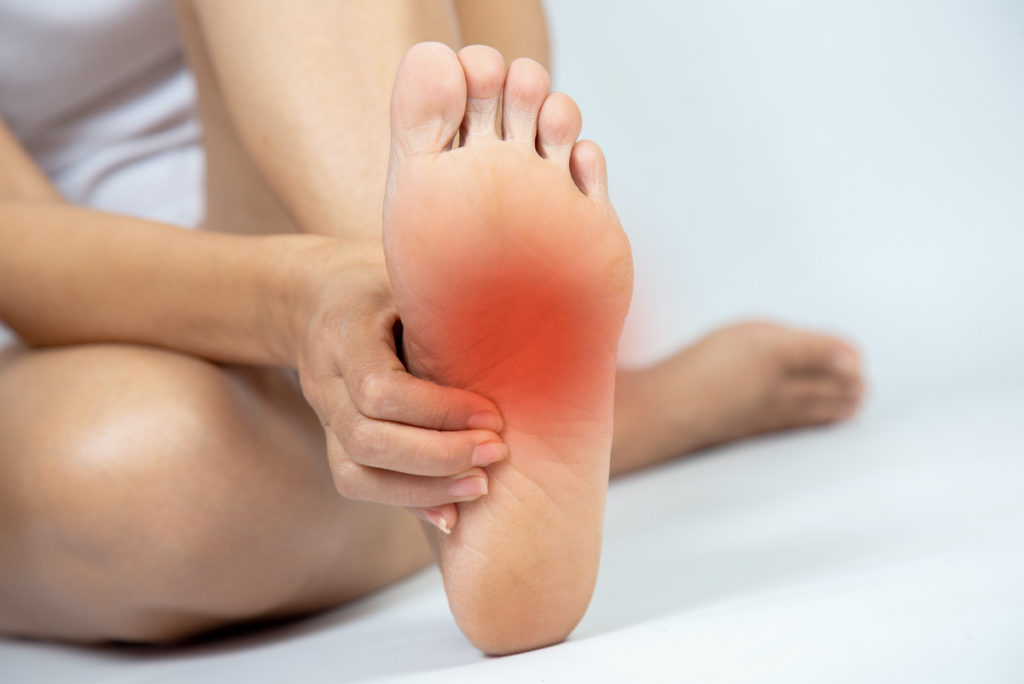References
Flaws, B., & Sionneau, P. (2005). The treatment of modern western medical diseases with chinese medicine: a textbook and clinical manual (2nd ed.). Boulder, CO: Blue Poppy Enterprises.
Head, K. A. (2006). Peripheral neuropathy: pathogenic mechanisms and alternative therapies. Alternative Medicine Review, 1(4), 294-329.
National Institute of Neurological Disorders and Stroke. (2018, August). Peripheral neuropathy fact sheet. Retrieved from https://www.ninds.nih.gov/Disorders/Patient-Caregiver-Education/Fact-Sheets/Peripheral-Neuropathy-Fact-Sheet
Schreiber, A. K., Nones, C. F., Reis, R. C., Chichorro, J. G., & Cunha, J. M. (2015). Diabetic neuropathic pain: Physiopathology and treatment. World Journal of Diabetes, 6(3), 432-444. doi:10.4239/wjd.v6.i3.432
Zhi, W. I., Ingram, E., Li, S. Q., Chen, P., Piulson, L., & Bao, T. (2018). Acupuncture for bortezomib-induced peripheral neuropathy: not just for pain. Integrative Cancer Therapies, 17(4), 1079-1086. doi:10.1177/1534735418788667



